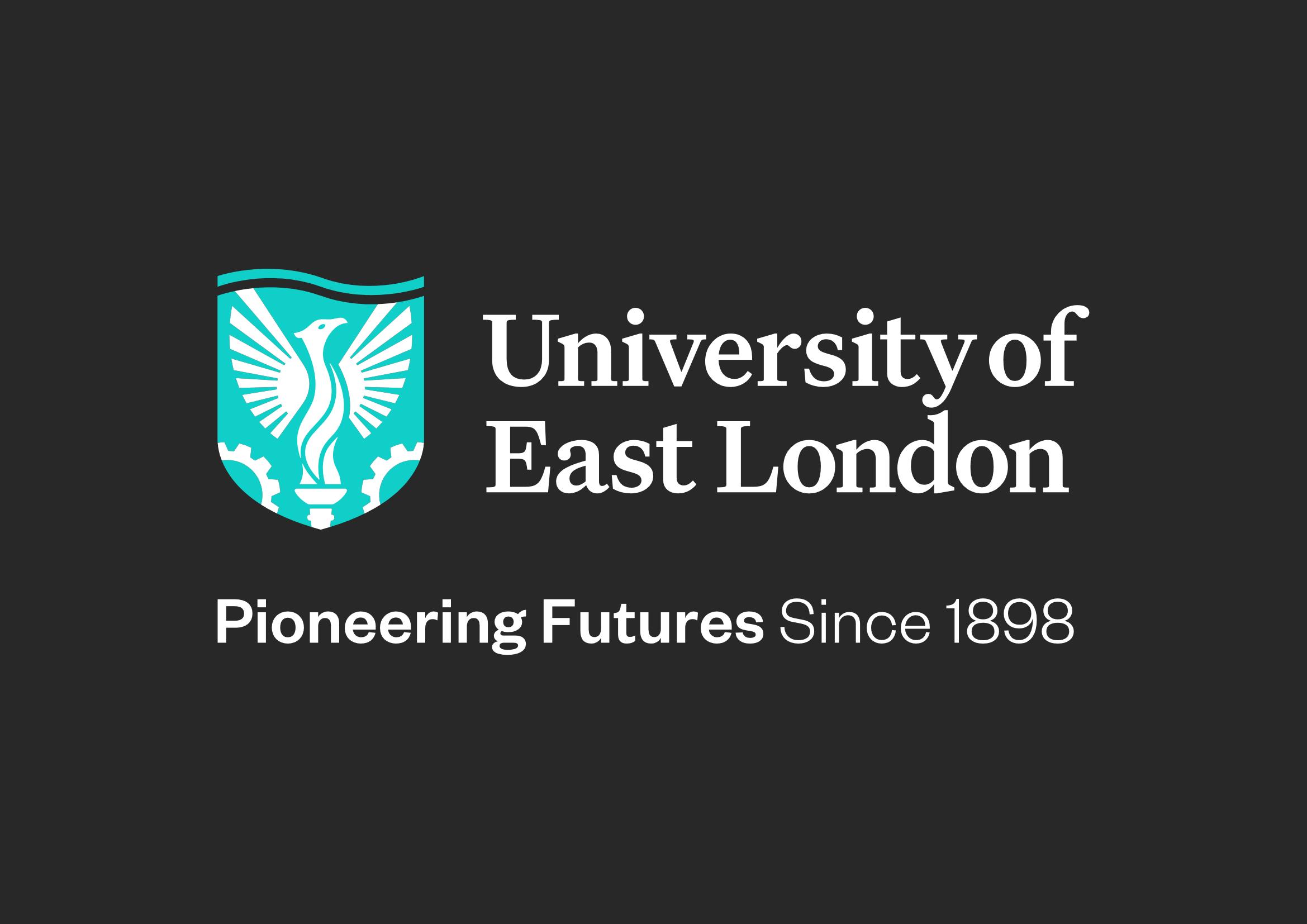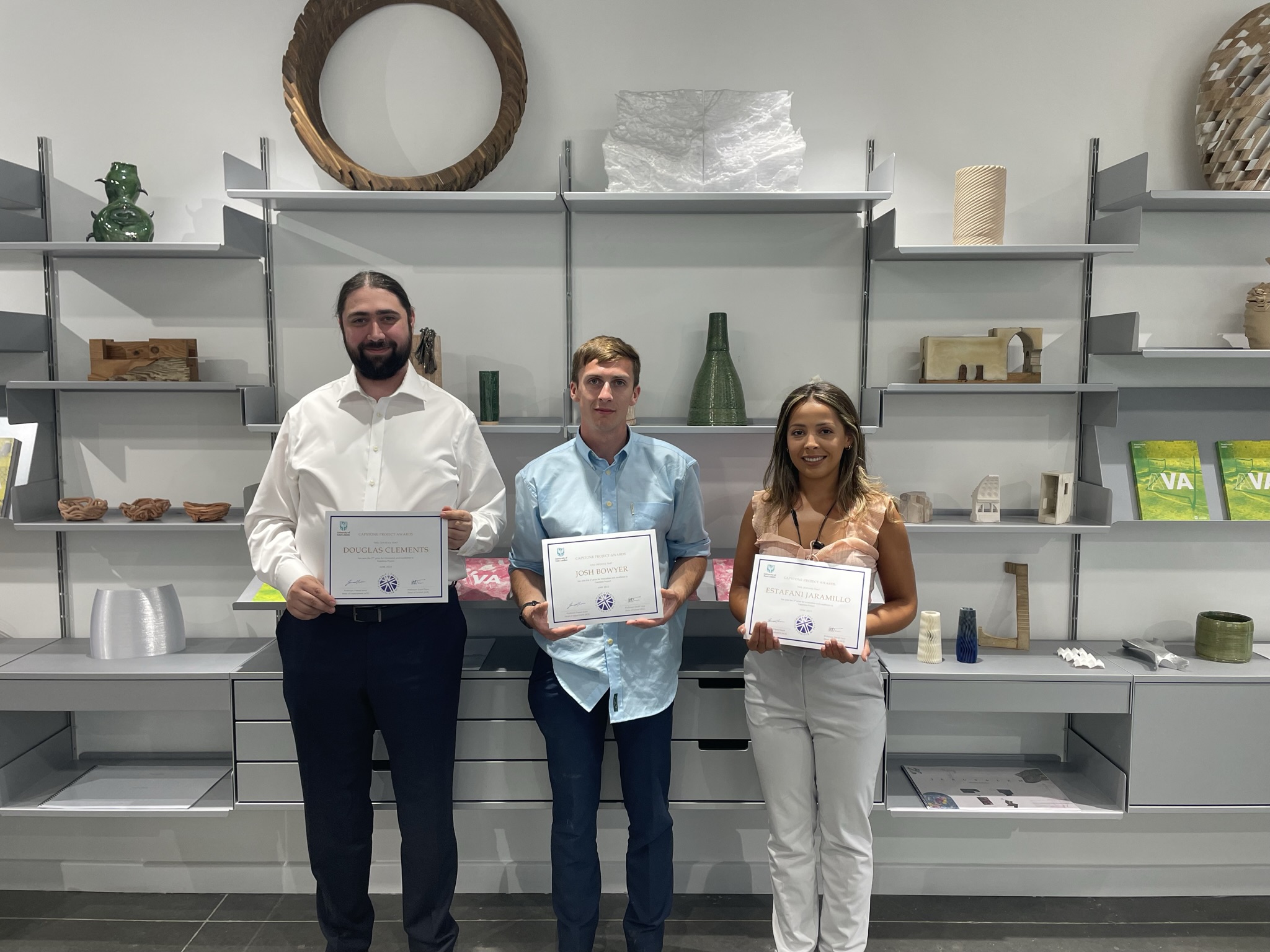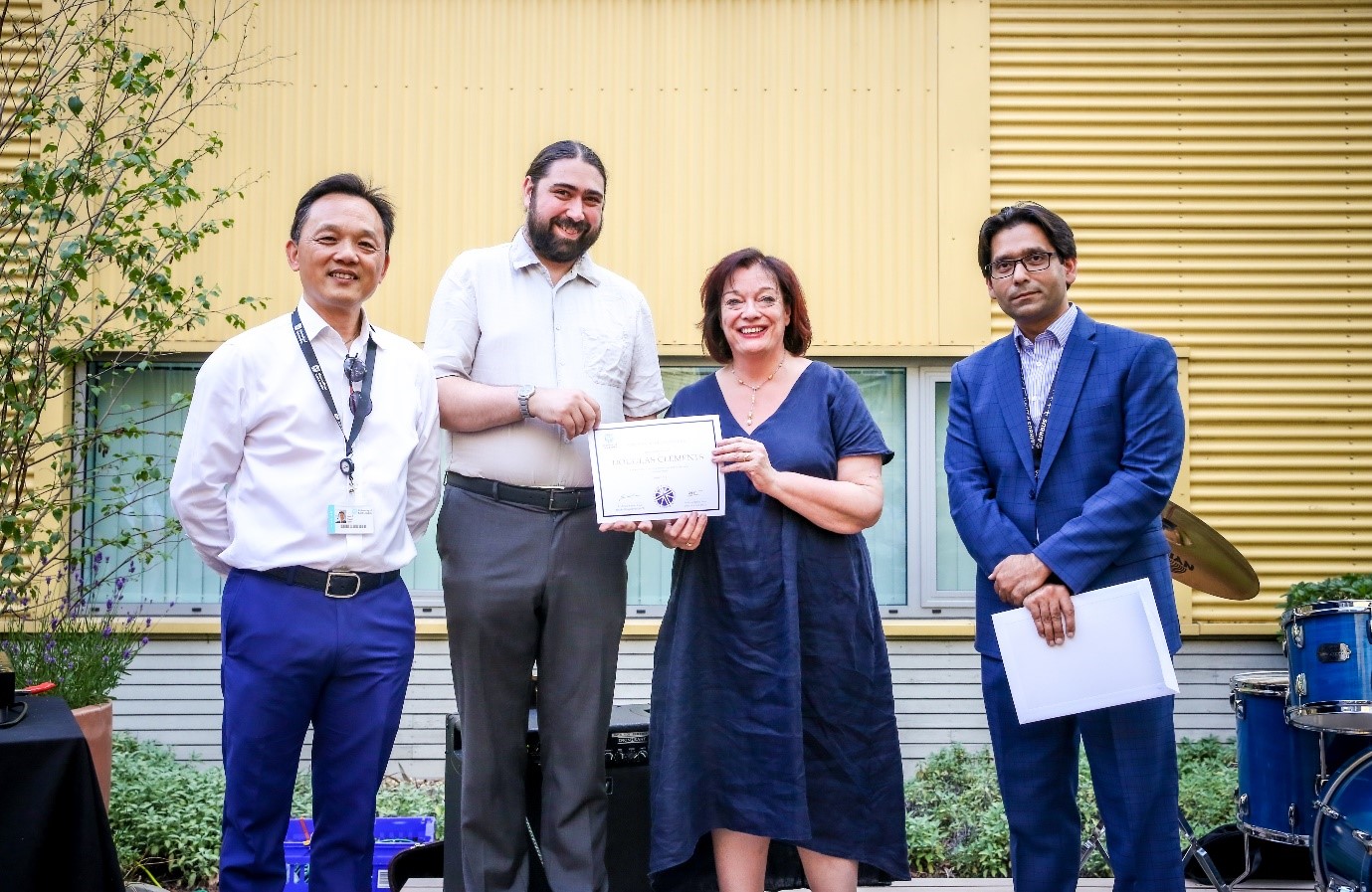The Capstone Project – 2022
Back to Competitions | The University of East London’s Capstone Project is designed for final-year students in the Engineering and Construction clusters at the School of Architecture, Computing and Engineering. A Capstone Project must include evidence that students have ‘applied analytical judgement’ in the context of an engineering or construction-related subject. Projects are assessed based on three tasks: the Development of a Project Plan, a Project Written Report and an Oral Presentation of the Report. Students work towards understanding the social, commercial and ethical context in which engineering research is carried out in a specialist field/area. They also develop an understanding of the available engineering research methodologies in terms of one or more of the following: qualitative and quantitative research and specific methodologies including laboratory testing, parametric analyses and design and case studies. |


First Prize Winner: The feasibility, practicality & desirability of renovating heritage buildings in a net zero carbon environment
Josh Bowyer (centre of the photo with his certificate), Construction Engineering Management Student – £1,500 Engineers in Business Prize
Project Summary: The world environmental crisis is reaching its climax where the damage done to the environment will no longer be reversible. It is common knowledge that the built environment is a main cause of CO2 emissions and that the use of environmental technologies and home improvements can have the ability to reduce a household’s carbon output.
This thesis examines whether heritage dwellings whose material fabric is protected by statute due to their aesthetic, evidential, communal or historic have a future in providing accommodation in a net zero carbon world. Josh’s research examined the current retrofitting technologies available to heritage dwellings and how they may affect their protected heritage fabric.·
The data suggests that the motivation of a heritage homeowner is different to that of modern property owners. This is because a certain type of person with a certain worldview is attracted to heritage properties. The results demonstrated that homeowners in older period houses were less environmentally concerned and were far less likely to make changes to their lifestyles to minimise their environmental impact. Other stumbling blocks to homeowners adopting sustainable technologies were the economic costs and lack of Government support in the form of grants and incentives.
Impact: The new Building Regulation changes coming in 2022 are setting clear targets on new build and existing housing stock which may lead to the degradation of the UK’s heritage building stock. This research demonstrates that there is a growth of new products and technologies being developed to make our existing housing stock far more sustainable in its use of energy. However, we are currently at the limitations of both the availability of these technologies and how they can be introduced into the fabric of these buildings without detrimental effects on their character and within the economic means and will of their owners.
Photo left to right: Masum Zain (Computer and Engineering Technician), Prof David Tann (Dean of School of Engineering), Lyn Carol Brown (MP of Westham & Shadow minister of Foreign commonwealth and development affairs), Josh Bowyer (Engineers in Business prize winner), Prof Fawad Inam (Head of School of Engineering, Computing and Built Environment) and Mr Amer Syed (Visiting Fellow and aviation expert).

Second Prize Winner: Development of a prosthetic for use in sitting volleyball for athletes with above elbow amputations
Douglas Celement, Mechanical Engineering Student – £1,000 Engineers in Business Prize
Project Summary: Sitting volleyball players with above elbow amputations face many challenges due to the fact that the athlete’s arm is used to push against the ground for locomotion and above head height for interacting with the ball. Current prosthetics consist of a fixed-length arm that is unwieldy and difficult to use. In this report, a new form of prosthetic incorporating a mechanism that retracts and extends the hand of the player is proposed.
This mechanism is controlled by a wheel that incorporates a cam slot that tracks the elevation of the arm from the side of the body and adjusts the length of the prosthetic. By focusing on the position of the hand rather than attempting to replicate the function of the elbow a novel approach to sporting prosthetics has been devised. Several prototypes were developed for the mechanism resulting in a feature-complete model that displays the range of motion required but is not strong enough for use in play.
Elbows are hinge joints that fold in order to shorten the distance between the hand and the shoulder as the elbow is bent. As all prosthetics used in sports must be body-powered, the problem when designing a system to replicate the action of the elbow is how to make the elbow rigid without the use of multiple actuators that can work against each other to fix the position of the arm.
This study proposes a novel mechanism that replicates the function of the elbow as the arm is raised by extending and retracting the forearm portion of the prosthetic. In addition, the proposed mechanism replicates the movement of the hand as if an elbow were working while remaining rigid.
Impact: The development and the wider availability of a functional upper limb prosthesis will open up the possibility for above-elbow amputees to participate on a more equitable basis at a recreational and performance level. Although this is a patient-specific study, a novel mechanism of a functional upper limb prosthesis, that this study will develop, could be applied to all athletes with similar kinds of amputees by only re-adjusting the size of the arm-prosthesis attachment part. The attachment part could be designed according to a selection of various athletes’ arm sizes, enabling a wide range of athletes to use the prosthetic arm. This is especially relevant as there are more athletes with upper limb conditions competing at the international level while we are seeing military veterans with multiple disabilities due to recent conflicts.
Photo left to right: Professor David Tann (Dean of School of Engineering), Douglas Clement (Engineers in Business Second Prize Winner), Ms Lyn Carol Brown (MP of Westham & Shadow minister of Foreign commonwealth and development affairs), Professor Fawad Inam (Head of School of Engineering, Computing and Built Environment).

Third Prize Winner: Investigating suitability of Mycelium and pasteurised coffee for building insulation
Estafani Jaramilo, Construction Engineering Management Student – £500 Engineers in Business Prize
Project Summary: Project investigated the novel idea of using Mycelium as an insulation material. Mycelium by itself lacks fire-retardant characteristics, however, mycelium insulation requires the use of substrates, and by incorporating fillers or substrates that are rich in naturally occurring silica or synthetically produced as well as natural phenolic polymers, such as Lignin found in wood and bark are recent findings in the study mycelium-based biomaterials in construction. These updates to mycelium have demonstrated greatly, the improved fire reaction – by studying the different mushrooms to substrates, the potential for finding one that meets fire standards is obtainable.
Impact: The study provides a base for further research into various mushrooms and substrates to optimise their characteristics for use as an environmentally friendly insulation material in which the industry can invest in the near future.
Photo left to right: Professor David Tann (Dean of School of Engineering), Estafani Jaramilo (Engineers in Business Third Prize Winner), Ms Lyn Carol Brown (MP of Westham & Shadow minister of Foreign commonwealth and development affairs), Professor Fawad Inam (Head of School of Engineering, Computing and Built Environment).
Positive feedback
We are proud to be part of the Engineers in Business Fellowship (EIBF) efforts in encouraging young minds to excel in their education through developing groundbreaking research ideas. The award fund has also provided us with the means to evaluate and acknowledge the performance of our final-year students, based on the innovation and impact of their projects. Students were encouraged to perform high and think outside the box to explore existing industry needs in the engineering and built environment sectors.
Dr Nikdokht Ghadiminia
Lecturer in Construction Engineering Management
Cybersecurity in built environment research group lead at IoT Security Foundation (IOTSF)
Chartered Construction Manager (CIOB)
Department of Engineering & Construction
School of Architecture, Computing & Engineering (ACE)
University of East London
